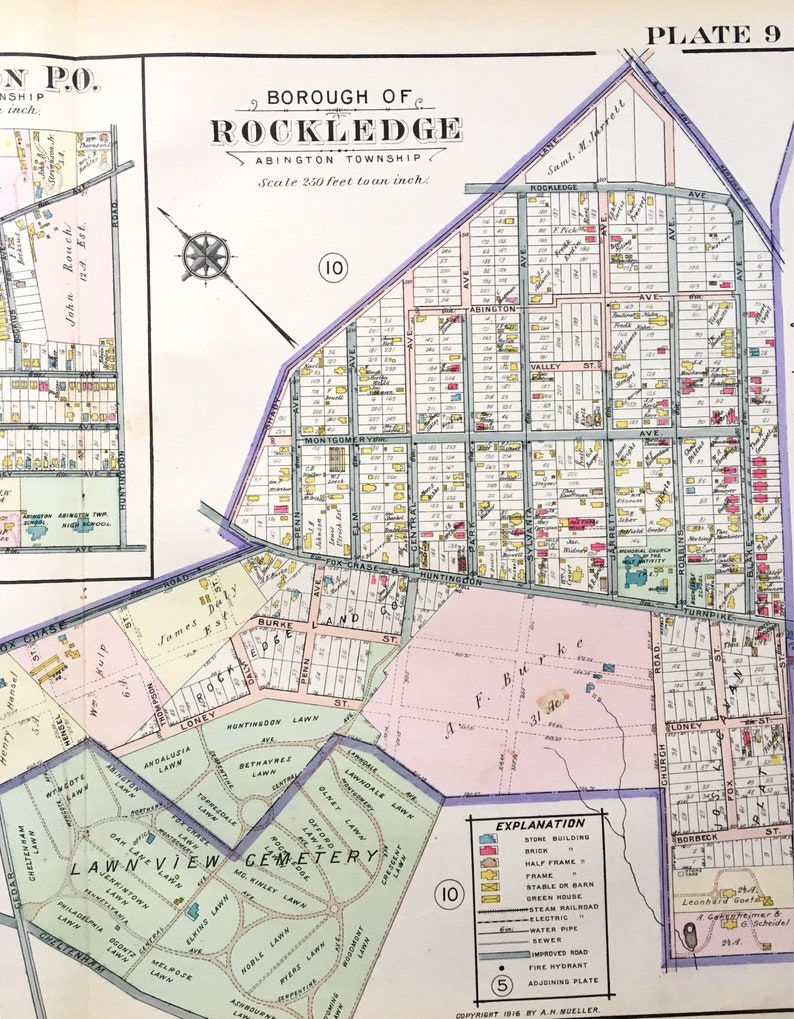
Streams and drainage ditches/swales are also conveyors of stormwater runoff. Residents may help themselves by insuring that the storm drain inlets are free and clear of leaves and other debris prior to a rain storm. Of the street in order to efficiently collect rainwater. The storm drain inlets are spaced along roadways with most located at low points

The storm drain inlets in the streets are interconnected by piping and eventually discharged to a larger pipe (storm sewer), ditch or to a stream. The Township's stormwater drainage system is very important for keeping stormwater runoff from flooding roadways and damaging property. Sediment from yard debris and construction sites can cause stream bank erosion, vegetation destruction, and flooding. When left uncontrolled, contaminated stormwater discharges can result in fish kills, destruction of wildlife habitats, and the contamination of drinking water and recreational waterways. Eventually all of the stormwater runoff from Abington Township ends up in the Schuylkill and Delaware Rivers.Ĭommon pollutants that can be picked up by stormwater include pesticides, fertilizers, oils, salt, litter, and sediment. Many people do not realize that storm drains do not run to treatment plants, they empty directly into our waterways! For this reason, we have been placing "No Dumping" markers on the stormwater inlets throughout the Township. These surfaces are the primary collector of pollutants until a rain washes them into nearby storm drains. Concentrated development in urbanized areas substantially increases impervious surfaces, such as streets, driveways and parking lots.

Unlike pollution from industry or sewage treatment facilities, which is caused by a limited number of sources, stormwater pollution is caused by the daily activities of people everywhere. Scientists now realize that stormwater runoff is the most common cause of water pollution in the United States. Over the past three decades, state and federal laws such as the Clean Water Act, the Pennsylvania Clean Streams Law, watershed management guidelines, and hazardous waste disposal regulations, have been signed into law and implemented. We couldn't even measure some pollutants in the levels that we are finding them now because the instruments to do so didn't exist. We didn't always understand the impact of our actions on water quality, aquatic life, or the natural landscape.


 0 kommentar(er)
0 kommentar(er)
